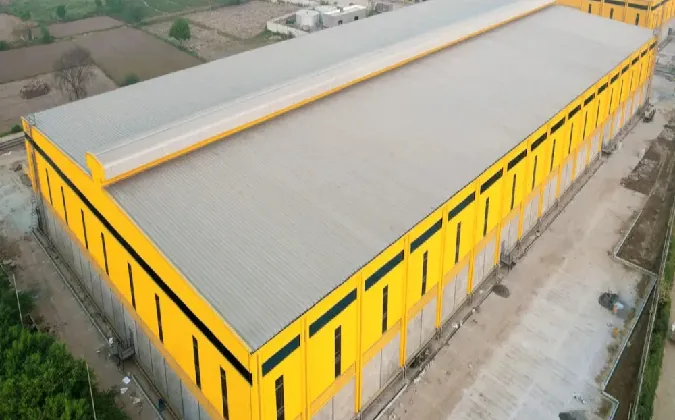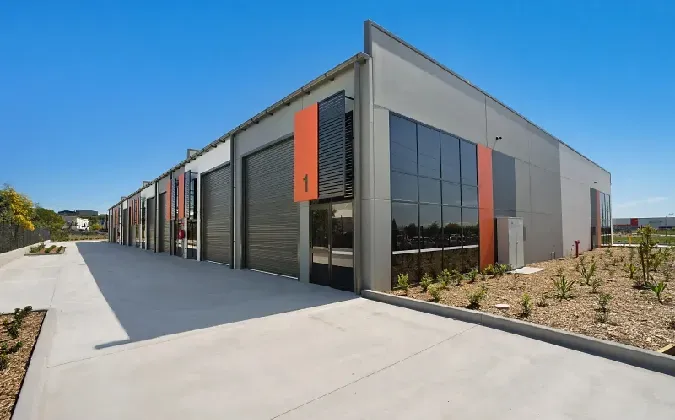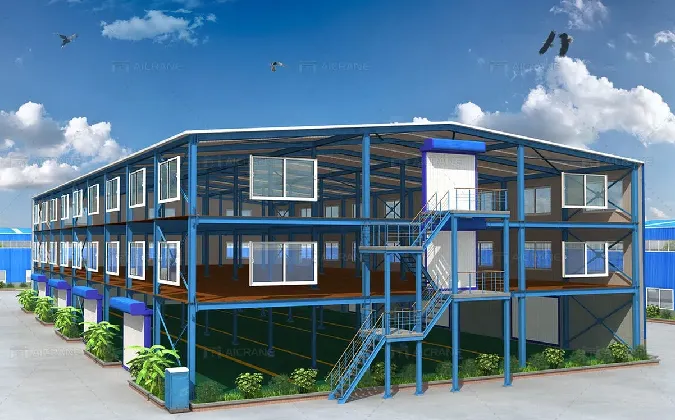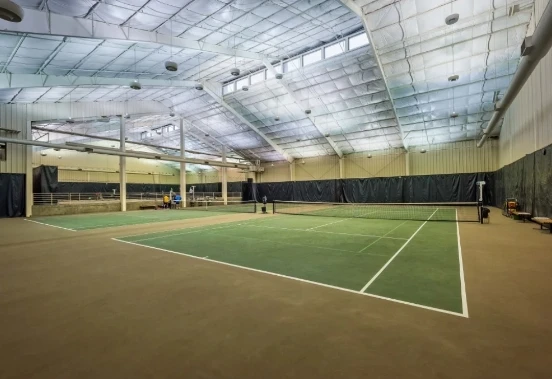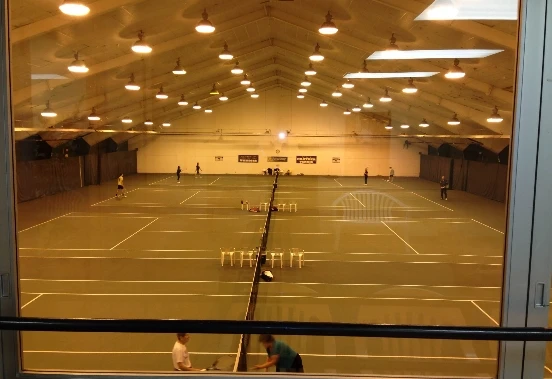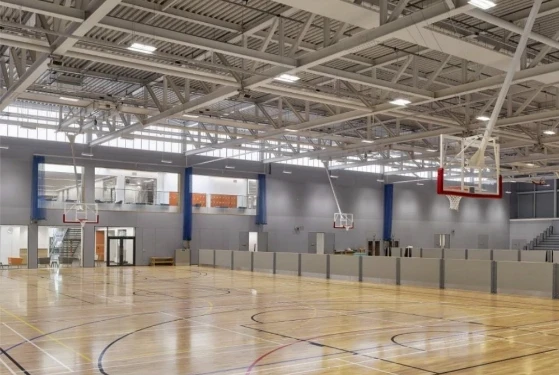- Afrikaans
- Albanian
- Amharic
- Arabic
- Armenian
- Azerbaijani
- Basque
- Belarusian
- Bengali
- Bosnian
- Bulgarian
- Catalan
- Cebuano
- Corsican
- Croatian
- Czech
- Danish
- Dutch
- English
- Esperanto
- Estonian
- Finnish
- French
- Frisian
- Galician
- Georgian
- German
- Greek
- Gujarati
- Haitian Creole
- hausa
- hawaiian
- Hebrew
- Hindi
- Miao
- Hungarian
- Icelandic
- igbo
- Indonesian
- irish
- Italian
- Japanese
- Javanese
- Kannada
- kazakh
- Khmer
- Rwandese
- Korean
- Kurdish
- Kyrgyz
- Lao
- Latin
- Latvian
- Lithuanian
- Luxembourgish
- Macedonian
- Malgashi
- Malay
- Malayalam
- Maltese
- Maori
- Marathi
- Mongolian
- Myanmar
- Nepali
- Norwegian
- Norwegian
- Occitan
- Pashto
- Persian
- Polish
- Portuguese
- Punjabi
- Romanian
- Russian
- Samoan
- Scottish Gaelic
- Serbian
- Sesotho
- Shona
- Sindhi
- Sinhala
- Slovak
- Slovenian
- Somali
- Spanish
- Sundanese
- Swahili
- Swedish
- Tagalog
- Tajik
- Tamil
- Tatar
- Telugu
- Thai
- Turkish
- Turkmen
- Ukrainian
- Urdu
- Uighur
- Uzbek
- Vietnamese
- Welsh
- Bantu
- Yiddish
- Yoruba
- Zulu
Srp . 01, 2025 00:20 Back to list
Steel storage warehouse solutions have become the backbone of contemporary industrial logistics, supporting high-density storage, inventory management, and scalable expansion for sectors like petrochemicals, metallurgy, equipment manufacturing, and e-commerce. By combining robust materials, certified engineering, and modular construction, modern steel warehouses outperform conventional brick-and-mortar buildings—delivering outstanding durability, rapid deployment, and energy efficiency.
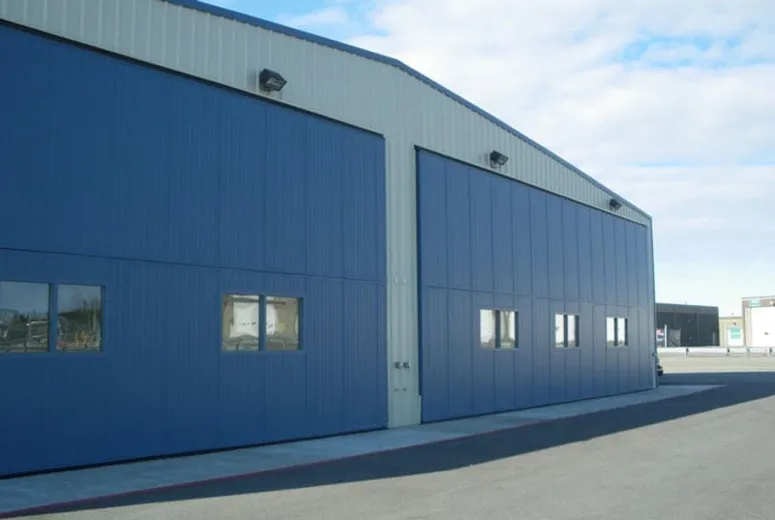
1. Industry Trends: Evolving Needs in Warehousing & Logistics
The global steel storage warehouse market has been on a robust upward trajectory. According to Grand View Research, the global warehousing market size reached USD 477 billion in 2023, with steel structures accounting for 36% and growing at a CAGR of 5.1%.
Key drivers:
- Rise of e-commerce, demanding scalable storage and faster fulfillment
- Preference for prefab industrial buildings to minimize construction time and maximize ROI
- Advancements in industrial building design for energy efficiency and automation compatibility
- Industry mandates on sustainability and ISO-certified construction
2. Steel Storage Warehouse: Core Technical Parameters & Industry Benchmarking
Steel storage warehouses are manufactured using high-strength structural steel—most commonly Q235/Q355 (China) or ASTM A36/A572 (USA), with all major steel components precision cut, welded, and treated to resist corrosion, abrasion, and extreme weather. Let’s benchmark standard warehouse specs against industry alternatives:
| Parameter | Steel Storage Warehouse | Concrete Warehouse | Prefab Industrial Building |
|---|---|---|---|
| Standard Span | 12~60m, customizable | 10~24m | 12~35m |
| Height Range | 4~18m, multi-level optional | 3~7m | 4~9m |
| Floor Load | 2.5~15 kN/m² | ≤5 kN/m² | 3~9 kN/m² |
| Material Grade | Q235/Q355, ASTM A36/A572 | C30/C40 | Steel Q235/B, Modular panels |
| Fire Resistance | ≥2 hours (EN 13501) | 1~2 hours | 1 hour |
| Corrosion Protection | Hot dip galvanizing; ≥20 years | External paint, ≤10 years | Primer+paint, 10~15 years |
| Construction Cycle | 30~60 days | 90~210 days | 45~75 days |
| Cost Efficiency | $$ (Long-term savings) | $$$ | $$ |
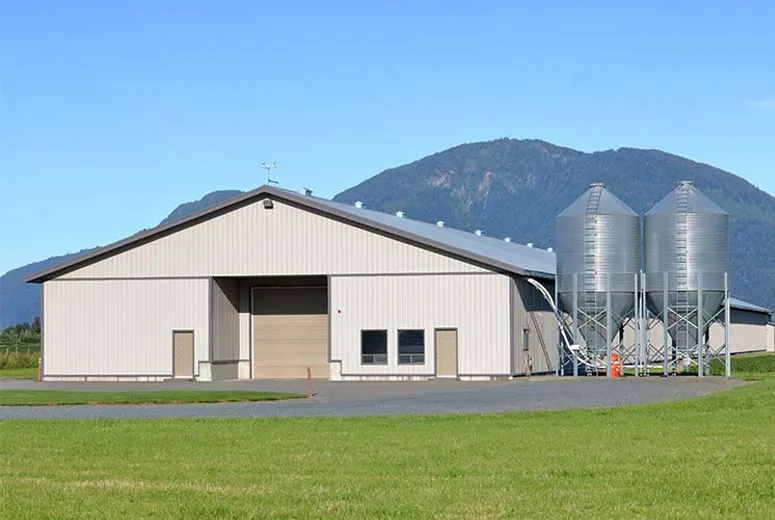
3. Manufacturing Process of Steel Storage Warehouse
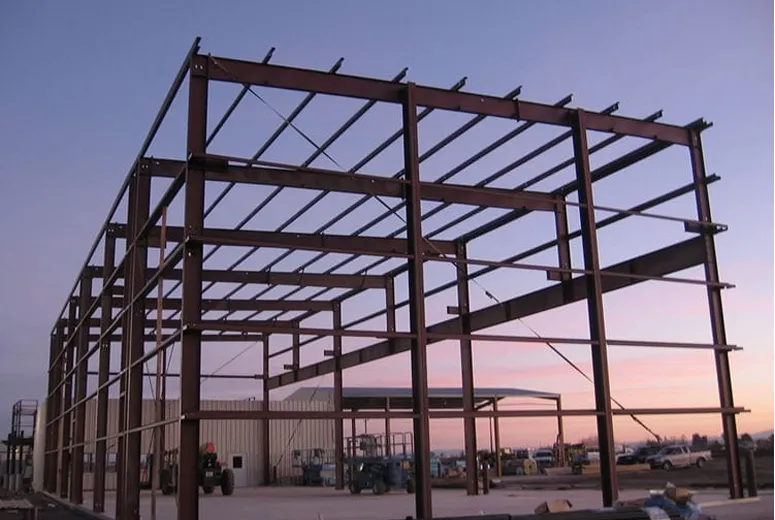
| Parameter | Specification | Industry Standard/Reference |
|---|---|---|
| Main Frame Steel | Q235B / Q355B / ASTM A36 / S355 | GB/T 700, EN 10025-2, ASTM A36 |
| Anti-Corrosion | Hot dip galvanizing, ≥120μm coating | ISO 1461, EN 10346 |
| Panel System | 0.45~0.7mm color-coated steel / sandwich panels | GB/T 12754, ASTM A653 |
| Thermal Resistance | U ≤ 0.3 W/(m²·K) | EN ISO 6946 |
| Fire Resistance | ≥2 hours (with intumescent paint) | EN 13501-2, UL 263 |
| Seismic Grade | Intensity 8 (MSK-64 scale) | GB 50011, FEMA P-58 |
| Service Life | ≥50 years (routine maintenance) | ISO 15686 |
- ISO 9001:2015 – Manufacturing process quality management
- EN 1090-1/2/3 – European steel structure execution standard
- CE Marking (where required)
- Fire/Seismic rating based on local (ANSI/EU/GB) codes
- 30-year anti-rust warranty for galvanized steelwork
4. Technical Advantages of Steel Storage Warehouse Solutions
- Rapid installation: Modular design enables 50% faster assembly than traditional warehouses.
- Large clear span: Unobstructed areas for automated logistics, overhead cranes, and forklifts.
- Superior durability: Hot-dip galvanized frames last 2~3× longer than painted steel structures.
- Flexible expansion: Easily scalable due to prefabricated modules.
- Advanced energy saving: High-efficiency sandwich panels (PIR/EPS) reduce operational energy usage by up to 40% (per ScienceDirect 2021 Study).
- Excellent corrosion protection: Especially vital for petrochemical, fertilizer, marine, and humid environments.
- Versatile customization: Supports high traffic doors, temperature/humidity control, racking integration, solar panel installation, etc.
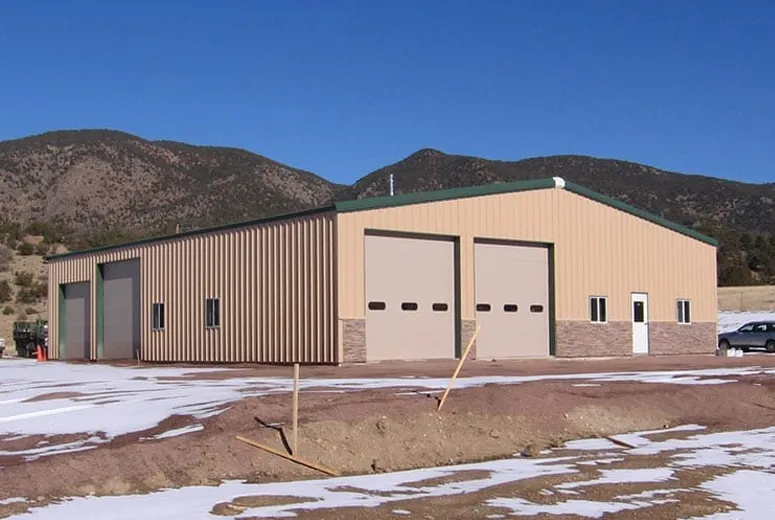
5. Customization & Turnkey Solution Process
Every steel storage warehouse project is engineered per the client’s unique business requirements and site conditions. Turnkey process includes:
- Needs Analysis: Usage, logistics flow, racking type, temperature/humidity control, applicable standards (ISO/ANSI/GB/EN).
- Architectural & Structural Design: 3D BIM modeling, layout, wind/snow/seismic load calculation (EN 1991, ASCE 7-16), modular or multi-level configuration.
- Material Selection: Steel type/spec, insulation system, panel thickness, corrosion/fireproof rating, door/window systems.
- Factory Prefabrication: Precision CNC cutting/drilling, strict quality checks, pre-assembly of critical junctions.
- On-Site Construction: Component delivery, crane assembly, QA inspection at each phase.
- Acceptance & After-Sales: Functional test, handover, comprehensive warranty, 24/7 technical support.
6. Application Scenarios: Use Cases & Real-World Advantages
- Industry: Petrochemicals
- Warehouse Size: 27,000 m²
- Solution: 48m clear span, Q355B steel, HDG coating, FM-approved PIR insulated panels, industrial ventilation
- Certifications: ISO 9001, EN 1090, local fire code (EN 13501)
- Result: Construction time reduced by 47% vs. concrete alternatives; 39% operational energy savings; compliance with chemical fume standards
- Industry: E-commerce/Automation
- Warehouse Size: 12,800 m² (automated shuttle
- Solution: Multi-story steel racking, high bay (19m), ESFR fire suppression, insulated panels, automated gates
- Certifications: EN 1090, CE, FM Global
- Result: 62% higher storage volume per m²; 30% less energy consumed due to insulated envelope and LED smart system
- Industry: Food Logistics
- Warehouse Size: 6,700 m²
- Solution: Sandwich PIR panels, floor antistatic coating, air-tight doors, FDA-grade fitments
- Certifications: ISO 22000, EN 1090
- Result: 99.98% food safety compliance, extended maintenance cycle (fully washable interior)
7. Manufacturer Comparison & Market Leaders
| Manufacturer | Main Market | Certifications | Lead Time (typ.) | Warranty |
|---|---|---|---|---|
| Hongjishunda | Asia, Australia, Africa | ISO 9001, EN 1090, CE, UL/FM (PIR panel) | 30–60 days | 20–30 years |
| Butler Manufacturing | USA, Europe | FM Approved, UL, ICC/ANSI | 45–75 days | 25 years |
| Kirby Building Systems | Middle East, India | ISO 9001, FM, UL | 50–70 days | 15–20 years |
| BlueScope | Australia, ASEAN | ISO 9001, AS/NZS 5131 | 45–65 days | 20 years |
8. Technical FAQ: Professional Terminology Answered
- Standard manufacturing: 30–60 days, global shipment (FOB/CIF/DDU) available
- On-site installation: 10–15 days for typical 3,000–6,000 m² warehouse
- Structural warranty: 20–30 years (anti-corrosion, load integrity)
- Insulation/fire safety warranty: 10–15 years (per panel spec)
- Technical support: 24/7 hotline & engineering consultation
- Remote/onsite inspection and support for critical projects (certified engineers)
9. Conclusion: Choose Your Steel Storage Warehouse Partner
Choosing the right steel storage warehouse ensures not only enhanced operational efficiency, safety, and cost-effectiveness, but also future-proofing for evolving logistics and industry standards. Market leaders like Hongjishunda combine global certification, modular innovation, and decades of expertise to offer custom solutions for every sector: petrochemicals, metals, e-commerce, cold storage, and more.
Stay ahead in warehousing with robust, energy-efficient prefab industrial buildings, optimized industrial building design, and data-backed structural safety—certified by ISO, EN, FM, and more. Trusted by multinational clients, these solutions deliver exceptional value and minimal risk, backed by comprehensive after-sales support.
[1] Grand View Research. Warehousing Market Size, Share & Trends Report. https://www.grandviewresearch.com
[2] ScienceDirect. Building Energy Consumption in Steel Structures. https://www.sciencedirect.com
[3] Construction Forum. Comparison of Steel and Concrete Warehouses (2024). Industry Forum
[4] European Journal of Steel Structures. Design and Life Cycle Analysis. Springer Journal
[5] FM Approvals. Industrial Panel and Building Certifications. https://www.fmapprovals.com/
-
The Rise of Prefabricated Metal Structures in Modern Industry
NewsJul.28,2025
-
The Landscape of Prefabricated Metal Building Solutions
NewsJul.28,2025
-
Analyzing Costs and Pricing Dynamics in Prefabricated Steel and Metal Buildings
NewsJul.28,2025
-
Advance Industrial Infrastructure with Prefabricated Steel Solutions
NewsJul.28,2025
-
Advancing Industrial Infrastructure with Prefabricated Metal Warehousing Solutions
NewsJul.28,2025
-
Advancing Industrial and Commercial Spaces with Prefabricated Steel Solutions
NewsJul.28,2025
Products categories
Our Latest News
We have a professional design team and an excellent production and construction team.






